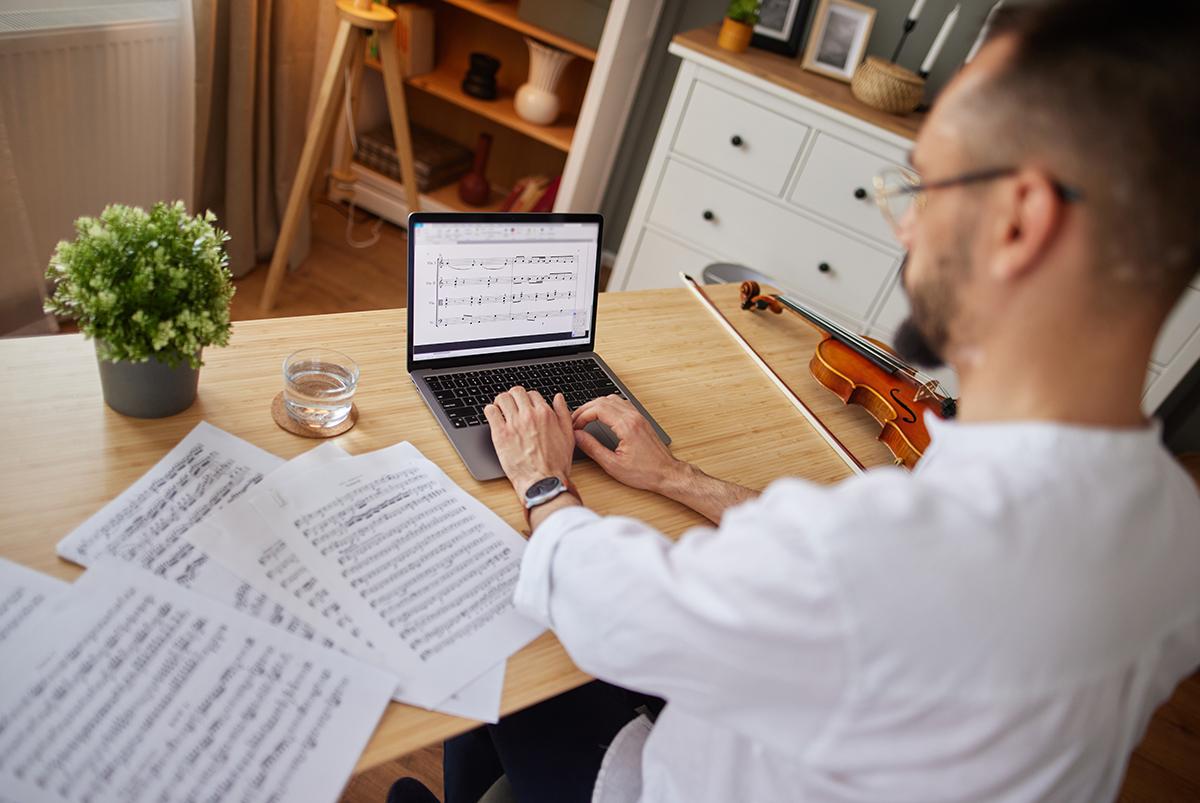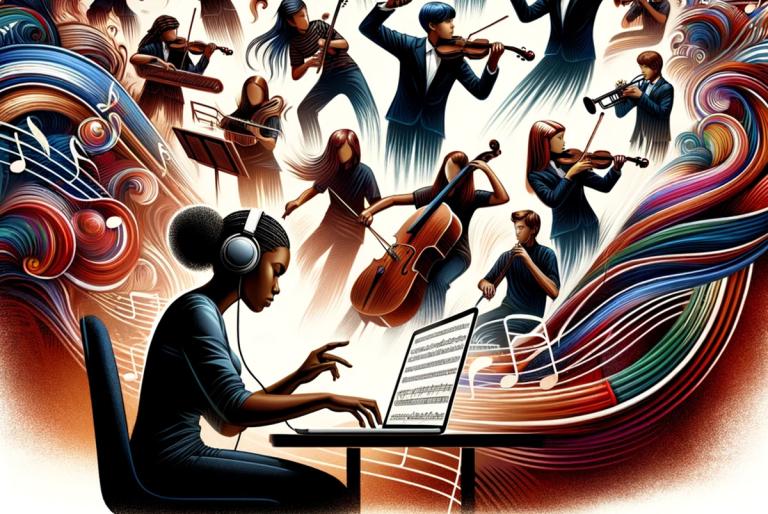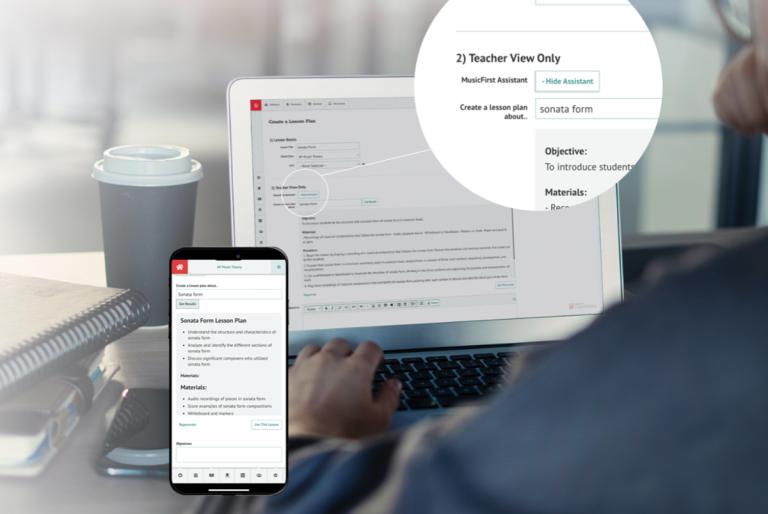
At MusicFirst, we understand the challenge of converting sheet music from physical to digital formats, especially for purposes like editing, sharing with students, uploading custom exercises to PracticeFirst, or organizing your library. Here are some straightforward options:
- Manual Entry: Enter the music into your preferred notation software. It's a bit time-consuming, but effective.
- Student Participation: Involve students in inputting music to notation software like Flat for Education or Noteflight Learn. This exercise can help your students learn the valuable skill of music engraving while helping you digitize sheet music.
- Purchase Digital Copies: You can buy digital sheet music from various online vendors. This is a quick and hassle-free approach.
- Scan and Edit: Use the scanning technology in your notation software to convert physical sheets to digital. But be prepared for some manual editing to correct errors in the conversion process.
Working with notation software can be challenging, and starting from scratch is time-consuming. To help, most notation software titles now support the importation of MIDI and Music XML files. Each has its own advantages and potential challenges:
- MIDI Files: Their effectiveness depends on the quality of the original MIDI creation. Well-made MIDIs translate better into notation software.
- Music XML Files: These files are great for exchanging music between different software, though you might encounter occasional formatting issues.
We're excited about our partnership with Newzik, who are innovating in the digital sheet music domain. Their new tool, LiveScore, utilizes Optical Music Recognition (OMR) technology to facilitate the conversion of PDF sheet music into interactive, playable files. It offers features like media file integration, audio recording, and a mixer, enhancing the teaching and learning experience.
It’s important to note that while personal use of scanned or converted copyrighted music is generally acceptable, distributing these files is not. Fortunately, there's a wealth of public domain music available for legal use.
Some of our recommended sources for public domain sheet music include:
- BandMusic PDF Library (bandmusicpdf.org) for band music
- Choral Public Domain Library (cpdl.org) for choral works
- Music Score Library Project (IMSLP) / Petrucci Music Library (imslp.org) for a comprehensive collection
- Public Domain Information Project (pdinfo.com) for verifying public domain status
Our aim is to assist you in finding the most suitable way to digitize your sheet music, enhancing your teaching and your students' learning experience. Each teacher has unique needs, so we encourage you to explore these options to find what works best for you.

